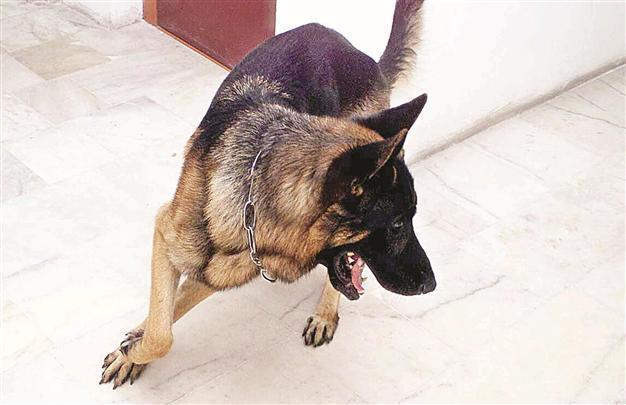Dogs’ behaviors may shed light on OCD conditons
NEW YORK

German shepherds chasing their tail may have OCD, say researchers.
Researchers believe canine compulsions may be similar to human ones. German shepherds chasing their tail in endless circles and bull terriers snapping at invisible flies appear endearing to some pet owners, the Scientific American reported Nov. 4. Yet researchers said these spontaneous behaviors in dogs may be manifestations of obsessive-compulsive disorder (OCD) and may help shed light on the condition in humans.“Some of these compulsions are more common in certain breeds, which suggests a genetic factor,” said Hannes Lohi, a professor of canine genomics at the University of Helsinki. To learn more about the disorder, Lohi and his colleagues distributed a detailed questionnaire to 368 dog owners in Finland, 150 of which showed no signs of compulsion and served as controls. The researchers also took blood samples from 181 of the canine subjects, which belonged to four breeds: standard and miniature bull terriers, Staffordshire bull terriers and German shepherds.
Researchers said several characteristics of canine compulsive disorder were similar to those of human OCD. Like humans, dogs with compulsive disorders usually began their repetitive behaviors before they reached sexual maturity. Some dogs suffered only a few episodes during their lifetime, whereas others engaged in the behavior for lengthy periods throughout the day. Littermates often had the same behavioral disposition. “There might be a shared biology behind the development of the disease,” Lohi said.
















